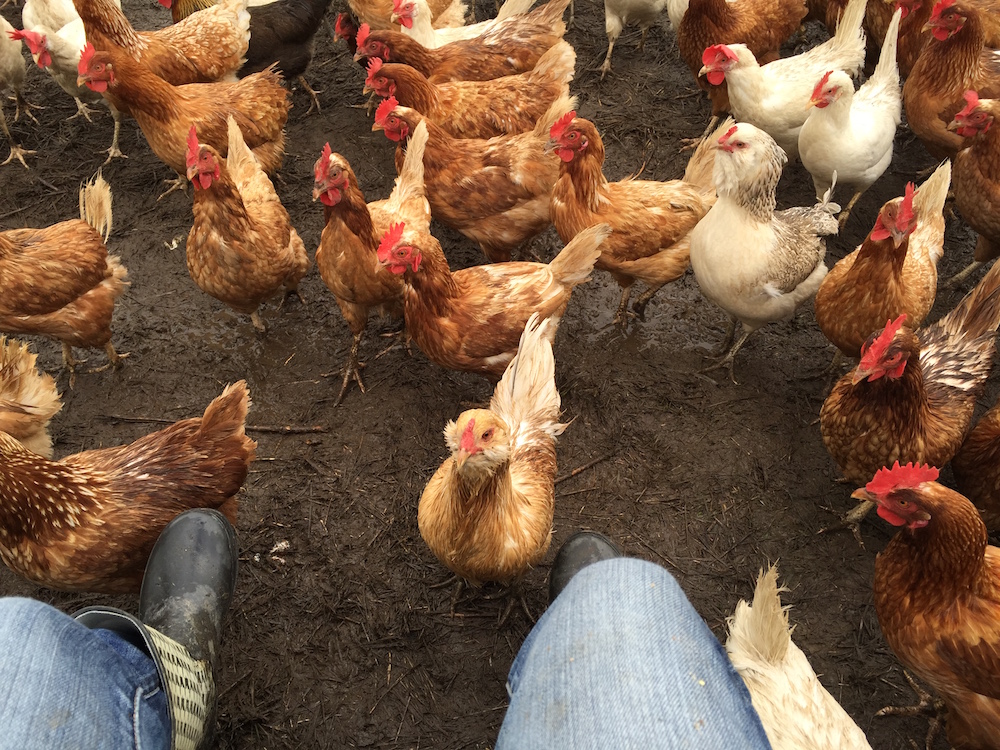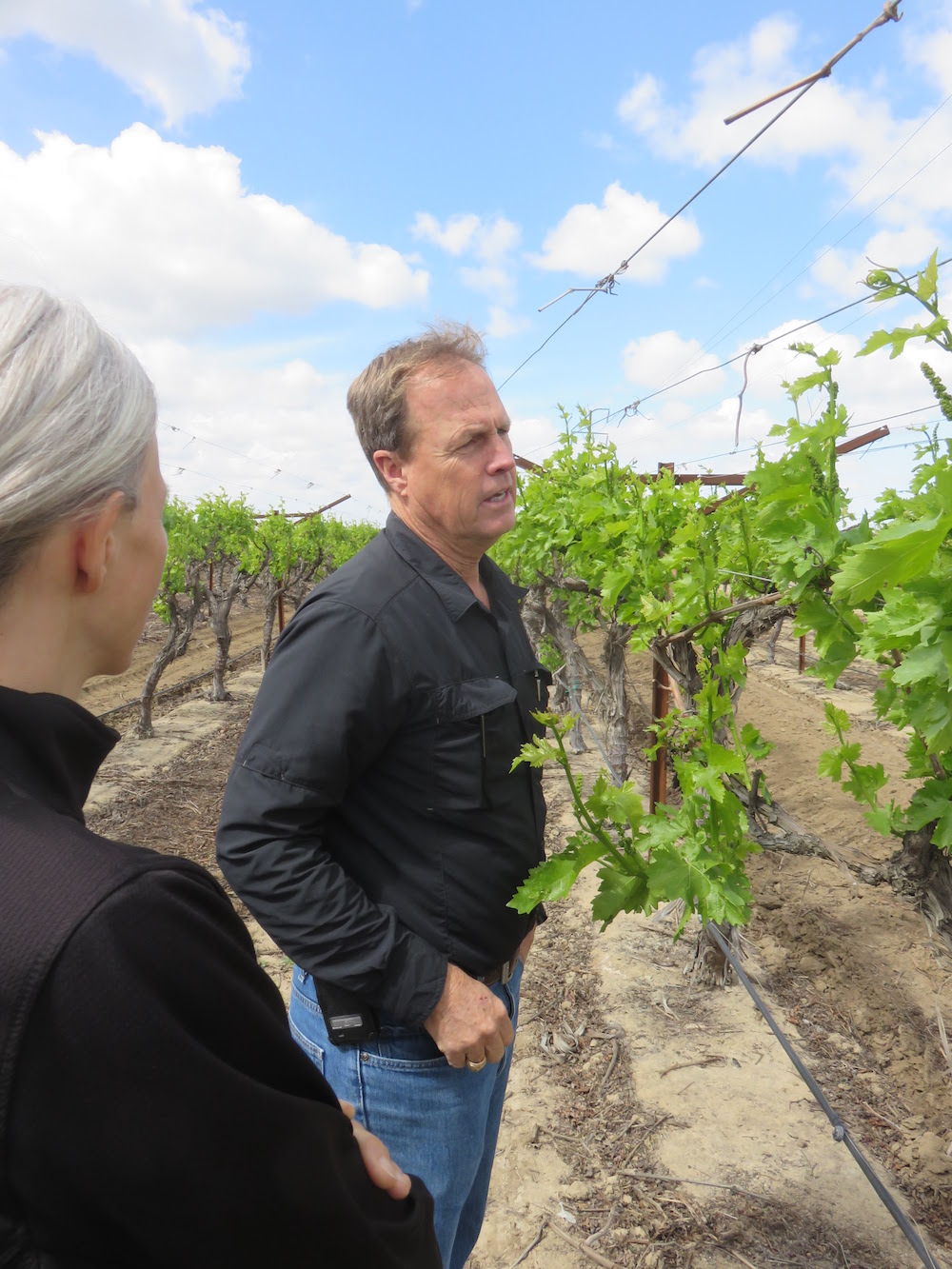For twenty years, I led product teams in Silicon Valley to build and scale fast growing companies from Netscape to eBay to early stage startups. With more than 50% of US food production and venture capital investment coming from California, I am excited to be at the intersection of technology and food. From farm to fork there are opportunities for technology to create a better food system, and as the lead on the Sustainable Food Systems program at Orange Silicon Valley, this is my job.
With nearly $8 Billion of venture funding invested in food in the last two and half years, Silicon Valley is turning its attention to the space. But, why now? Changing consumer demand for healthier food has retailers and food manufacturers scrambling to respond at a time when advances in technology are making digitization of the food supply possible. It’s the perfect confluence of market forces with technology solutions to match.
The Shift in Consumer Demand is Fundamentally Changing the Food Supply
Increasingly, consumers want to know where their food comes from, the environmental impact of its production, and the health outcomes from eating it. This is causing a massive change along the supply chain from farm to fork. Sales of organic food and products show double digit growth year of year. At the same time, sales from traditional brands have been declining causing “big food” to acquire many of the natural, organic and non-gmo brands: 2015 was a record year for M&A in the food and beverage category. Among the highlights includes[1] the May, 2015 acquisition of Applegate Farms, producer of Applegate-brand natural and organic prepared meats by Hormel Foods Corporation–best known as the maker of Spam. The trend continued into 2016. Just this month, Danone, the world’s largest maker of fresh dairy products like Dannon yogurt acquired WhiteWave Foods, which makes Silk soy and almond milks, for $10.4 billion. General Mills, Campbell’s Soup Company, Kellog’s, the list of acquirers goes on.
The drive toward sustainability in response to consumer demand goes well beyond the acquisition of brands with organic or natural claims: it’s causing major food players to invest in changing operations. That has far-reaching consequences all the way back to the farm. For example, chicken farmers are investing millions of dollars as an industry to eliminate battery cages to meet the industry demand after McDonald’s announced it would only source cage-free eggs.

via Micki Seibel
The Confluence of New Hardware and Software Technology
Food is the least digitized supply chain of any industry.
Until recently, it was impractical and sometimes impossible to have robust, untethered data collection and sharing from farm to fork. This is changing. Rapidly.
The rise of smartphones, tablets, and wearables make untethered data collection possible in a truly profound way. From autonomous tractors that precisely measure inputs and yield from each square meter of a field to a “smart” ear tag on a dairy cow that tracks activity and body temperature, we can start to make data-based decisions about agricultural. Autonomous tractors are so precise that just by how much less they overlap the rows, they save on the application of fertilizer, pesticides, and use of fuel.
Inexpensive, yet sophisticated sensors enable real-time or near real-time monitoring of soil and crop health, machinery use, storage conditions, animal behavior, and energy consumption levels, and more.

Micki on a fam visit via Micki Seibel
Robotics is about more than just the automation of work. It automates the collection, recording, and reporting about the work. Breakthroughs in the algorithms around deep learning and statistical methods allow for significantly better machines that can perform in complex environments. For example, computer visioning systems have become advanced enough to count the actual number of fruit growing on a tree. This opens up–for the first time–the ability for agriculture to make accurate, quantifiable forecasts on production.
Cloud computing and big data are the ribbons that tie this technology stack into a cohesive package. With all of this digital data stored in the cloud where it can be combined and analyzed with every more complex algorithms, it is possible to find quantifiable patterns in data that are simply not detectable by a person. For example, imaging taking weather data, optimal water input from an automated irrigation system, and the exact GPS location in the field from which a food item is harvested. Pass this information down the supply chain with sensors that monitor food spoilage and you can detect patterns that change farming techniques to decrease waste and make optimal use of water.
There are a lot of smart minds in Silicon Valley that are turning their attention to solving the Global Food Challenge. It is in the early days. We will see a lot of failures and false starts and hyperbolic claims. Out of that comes a lot of iterating and learning. From what I see on a daily basis, it gives me a lot of hope and optimism that solutions are close at hand. Data is the next green revolution of food production.











